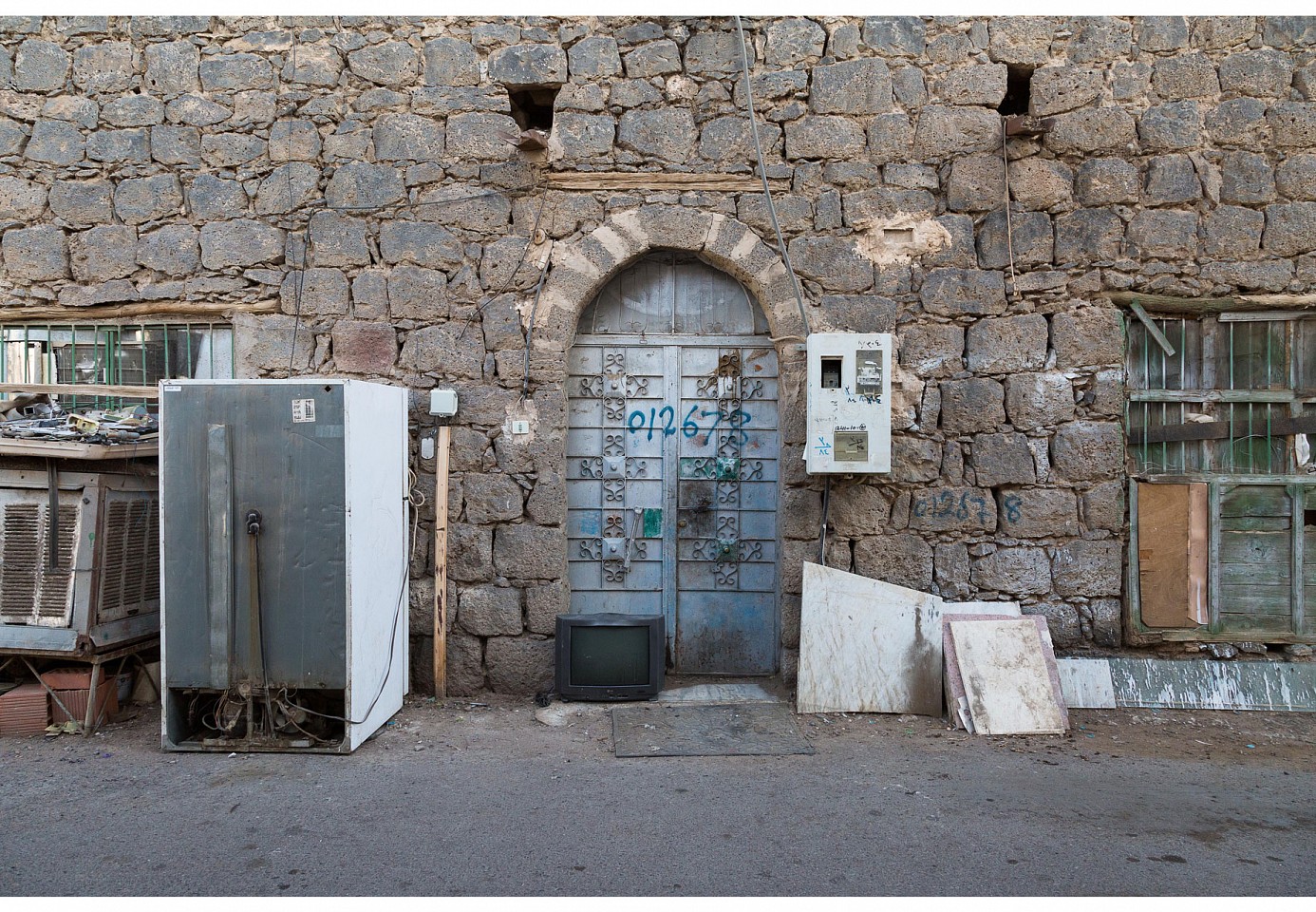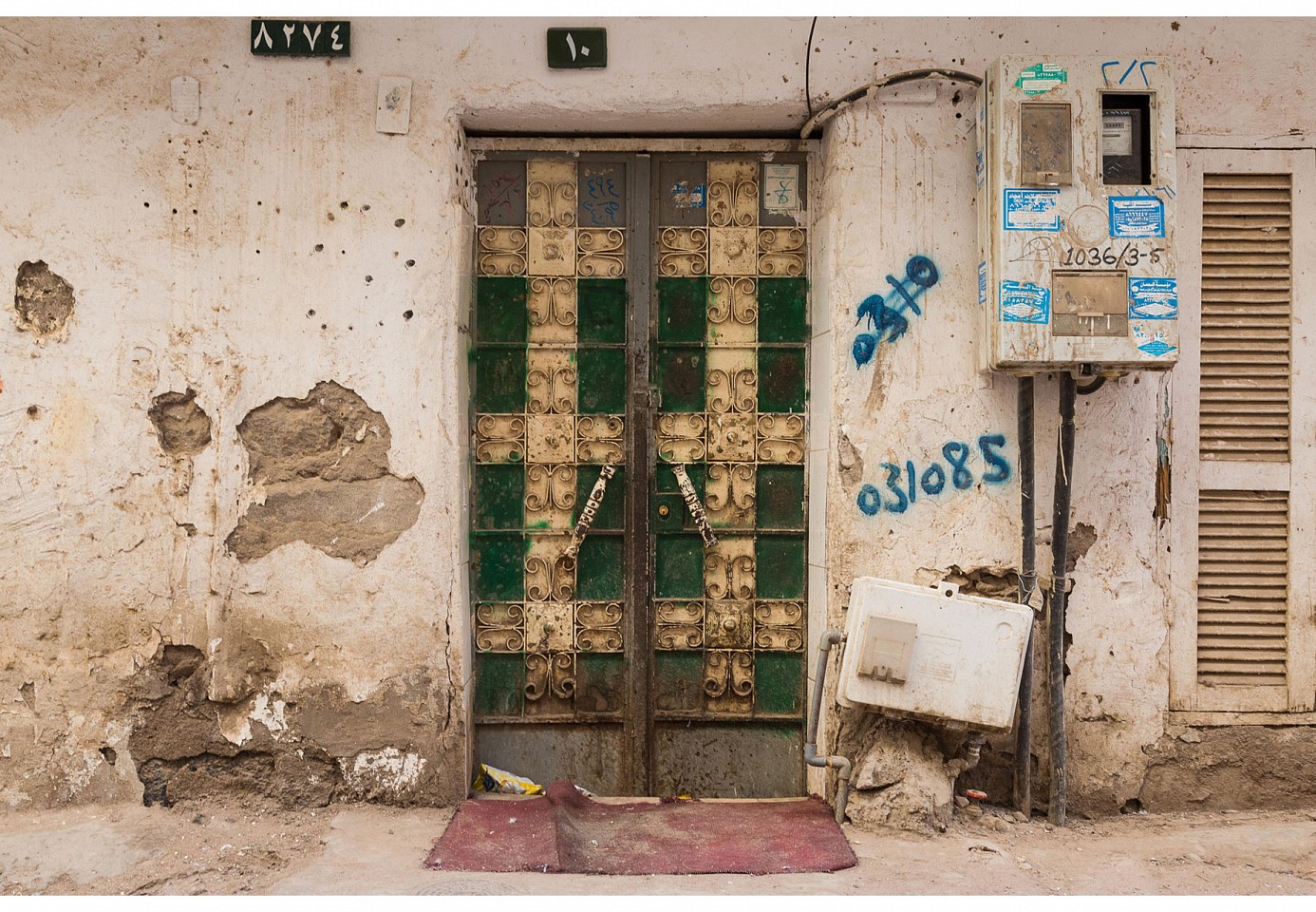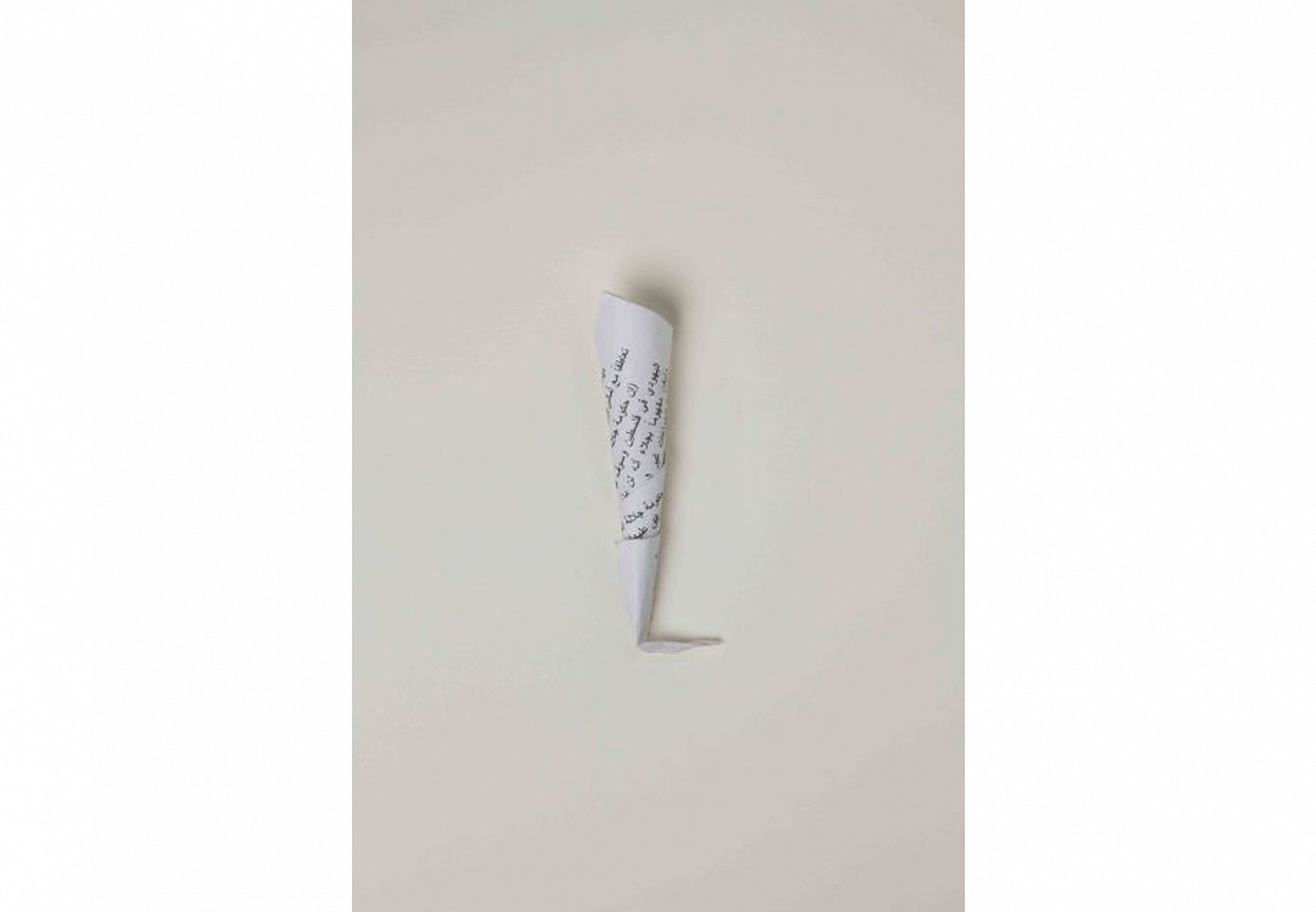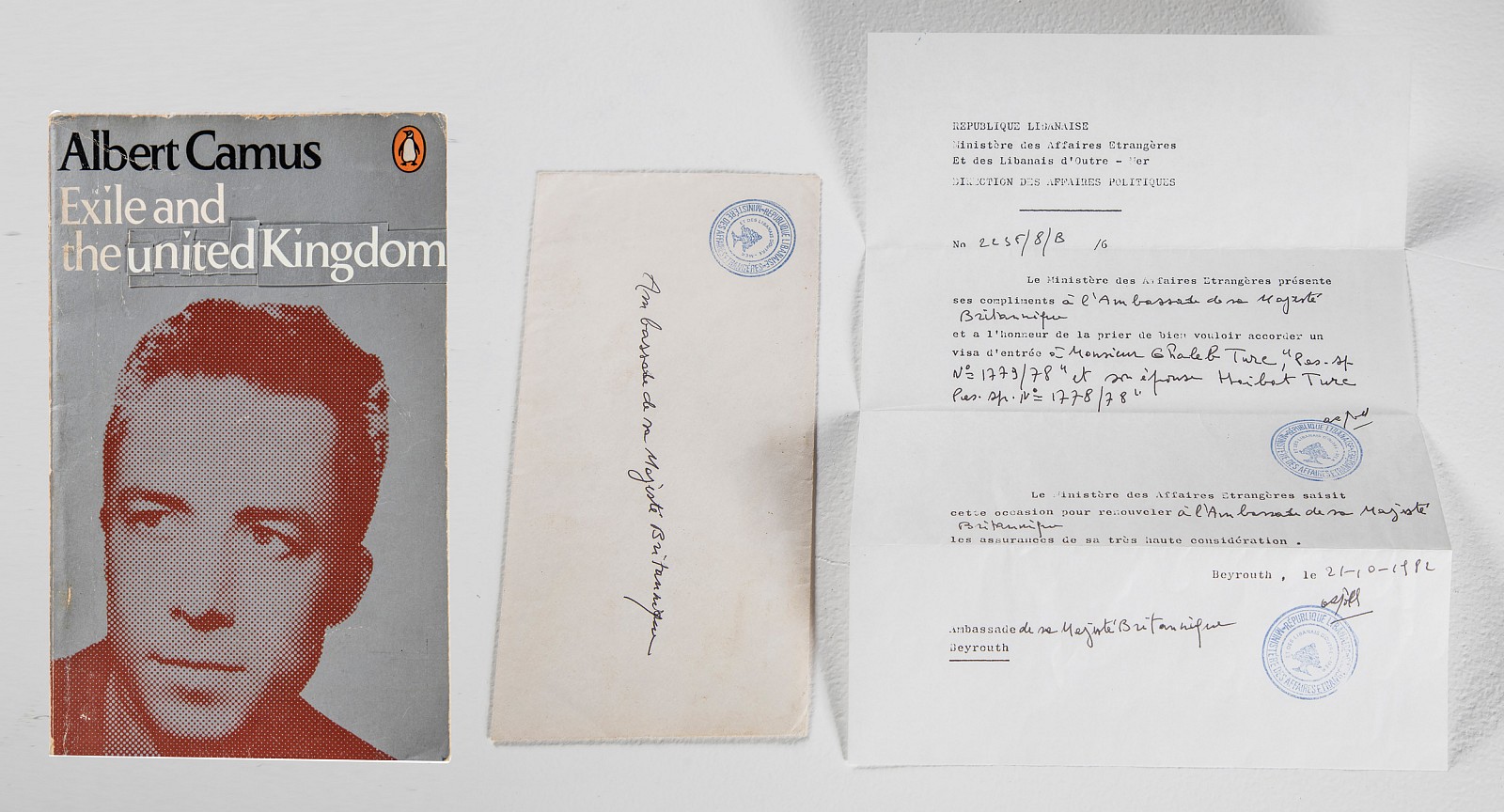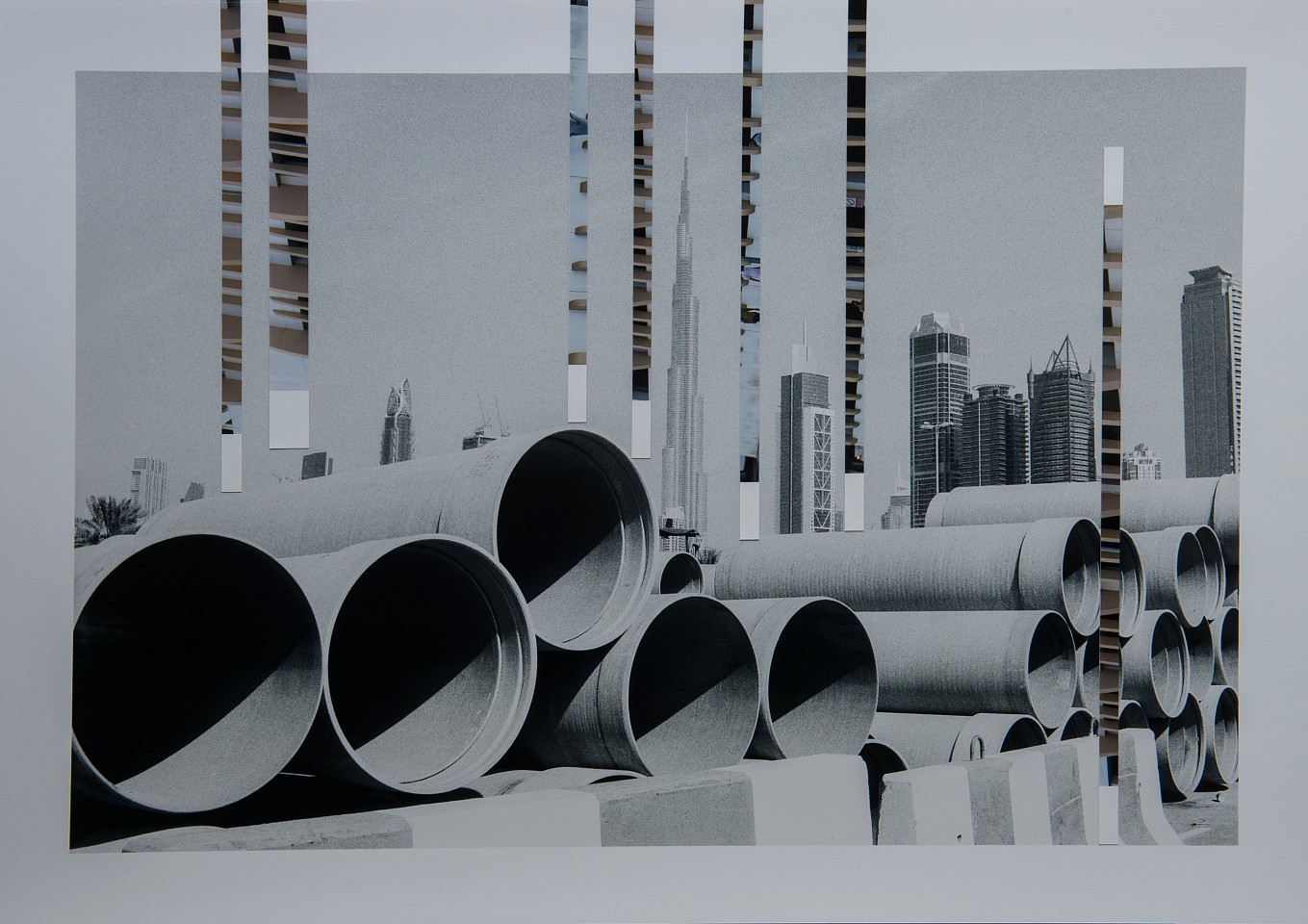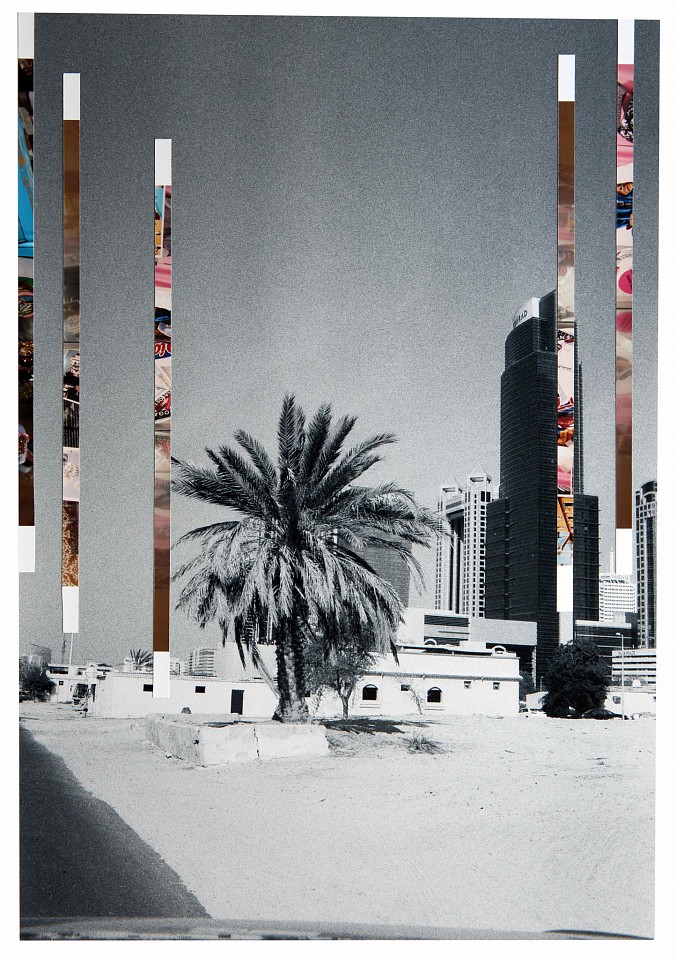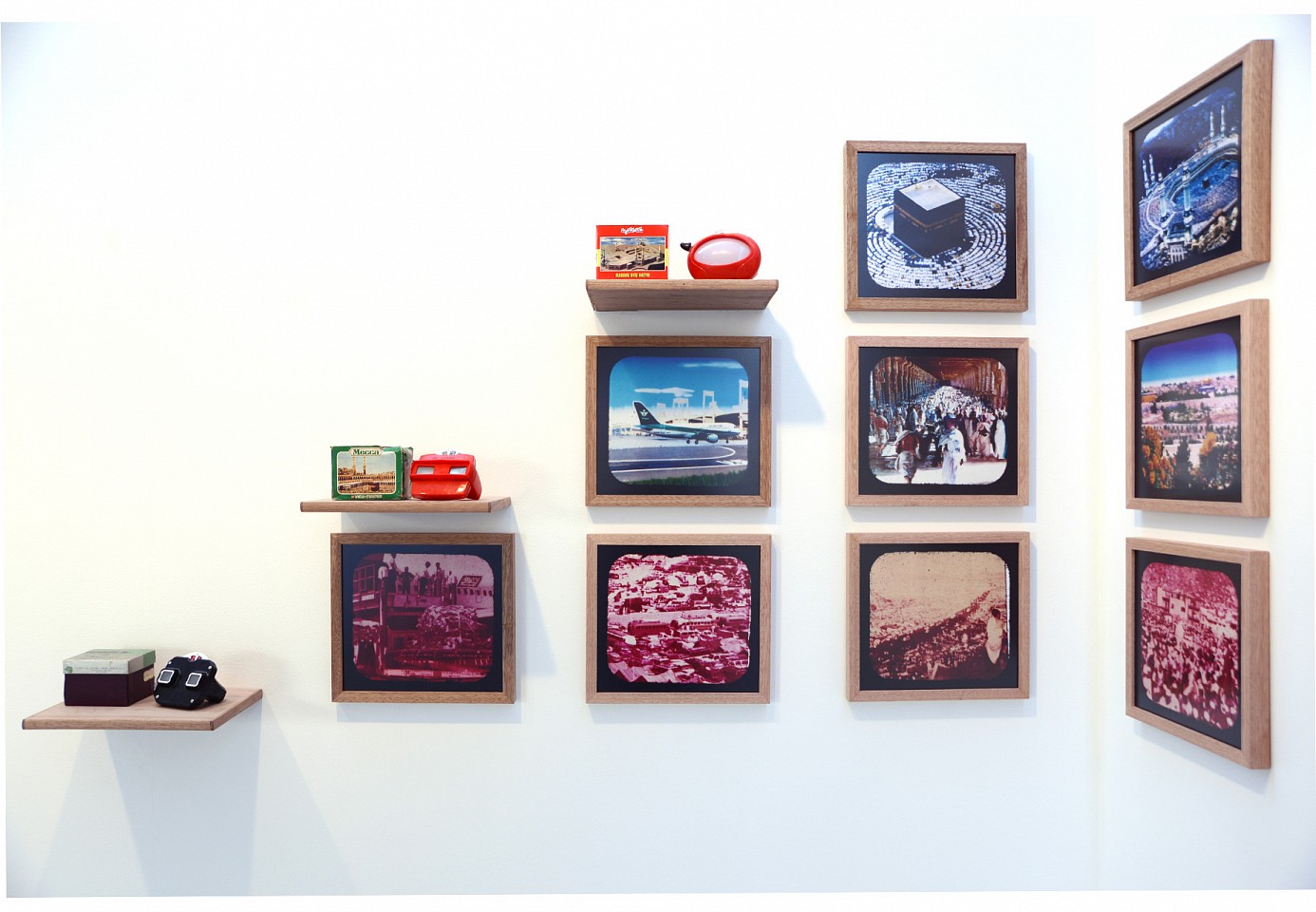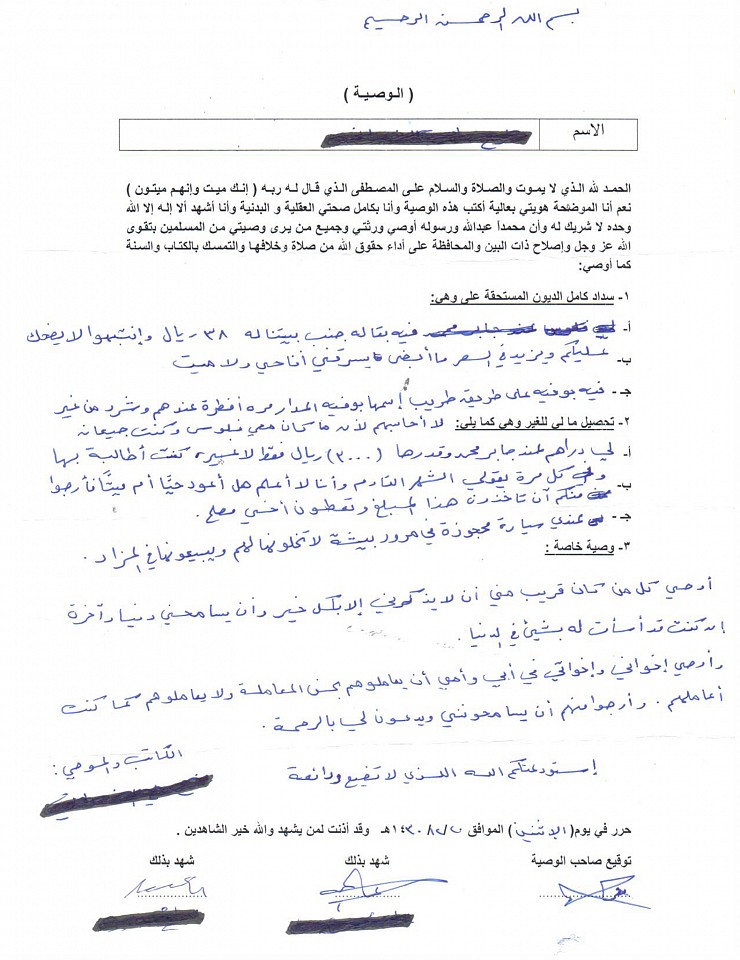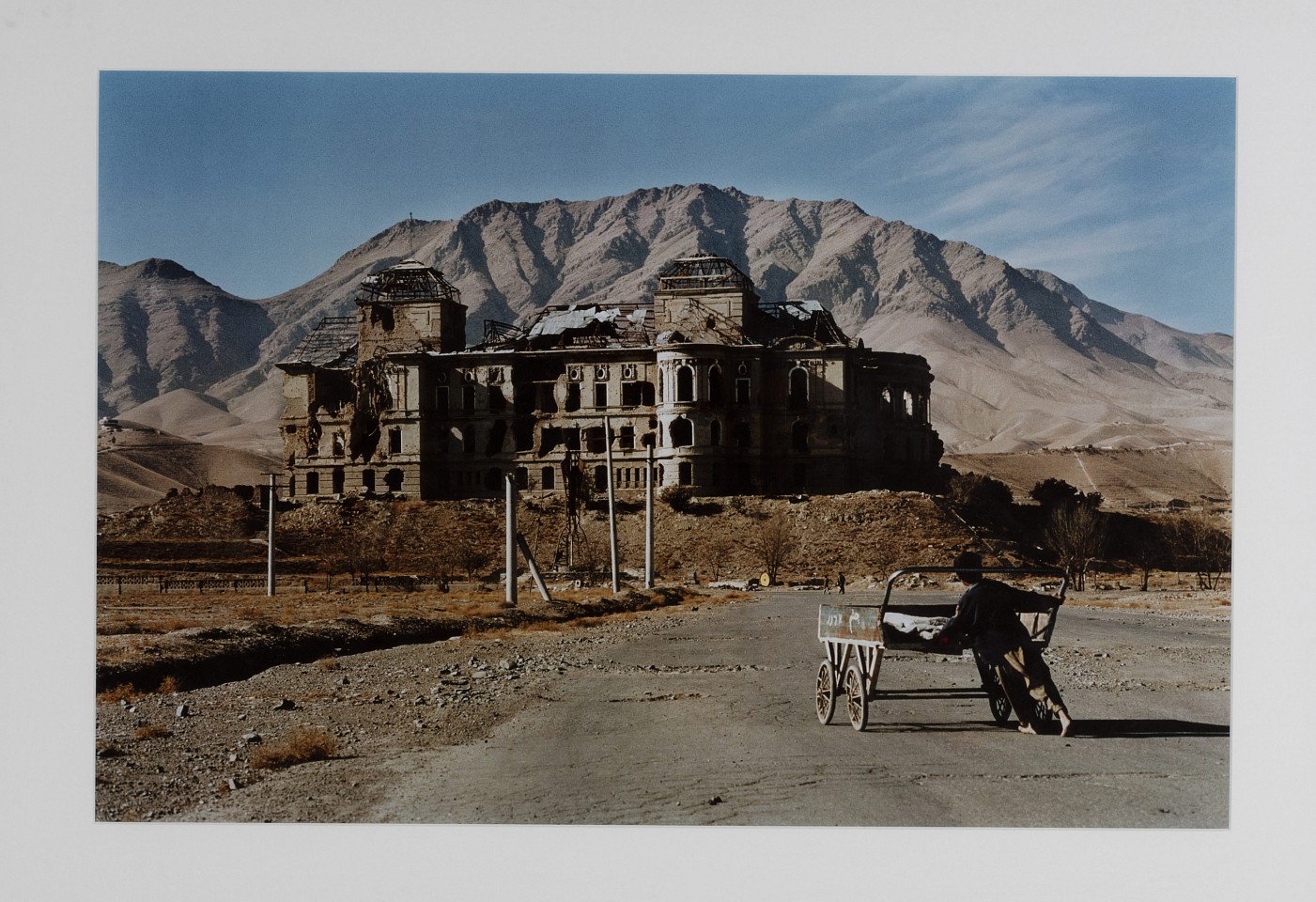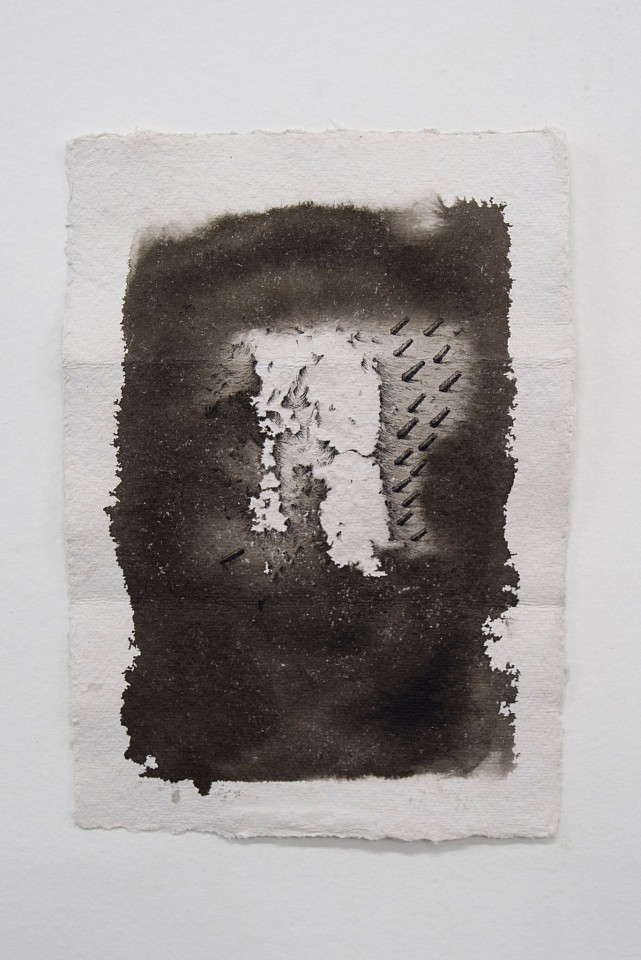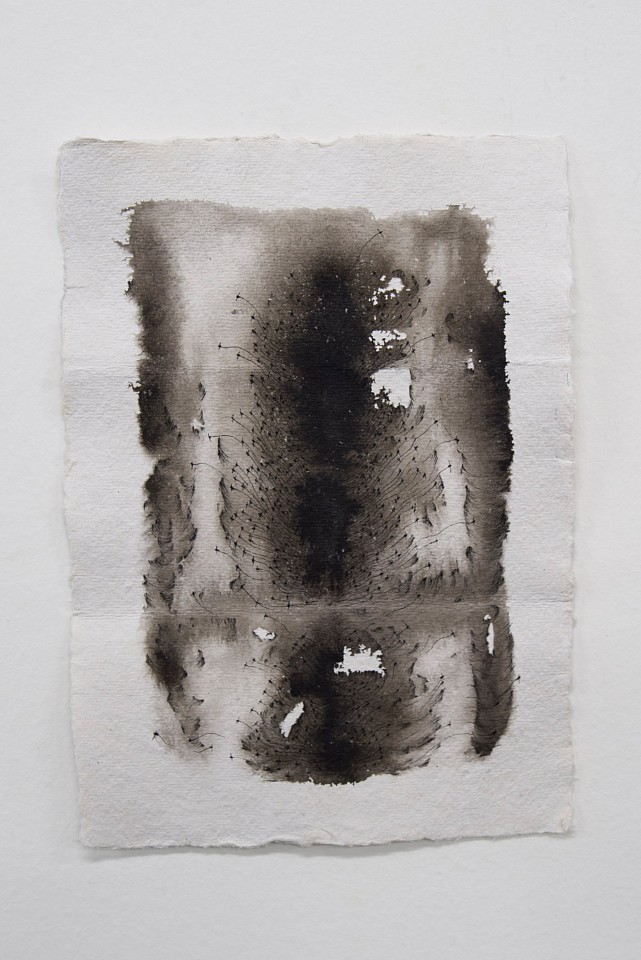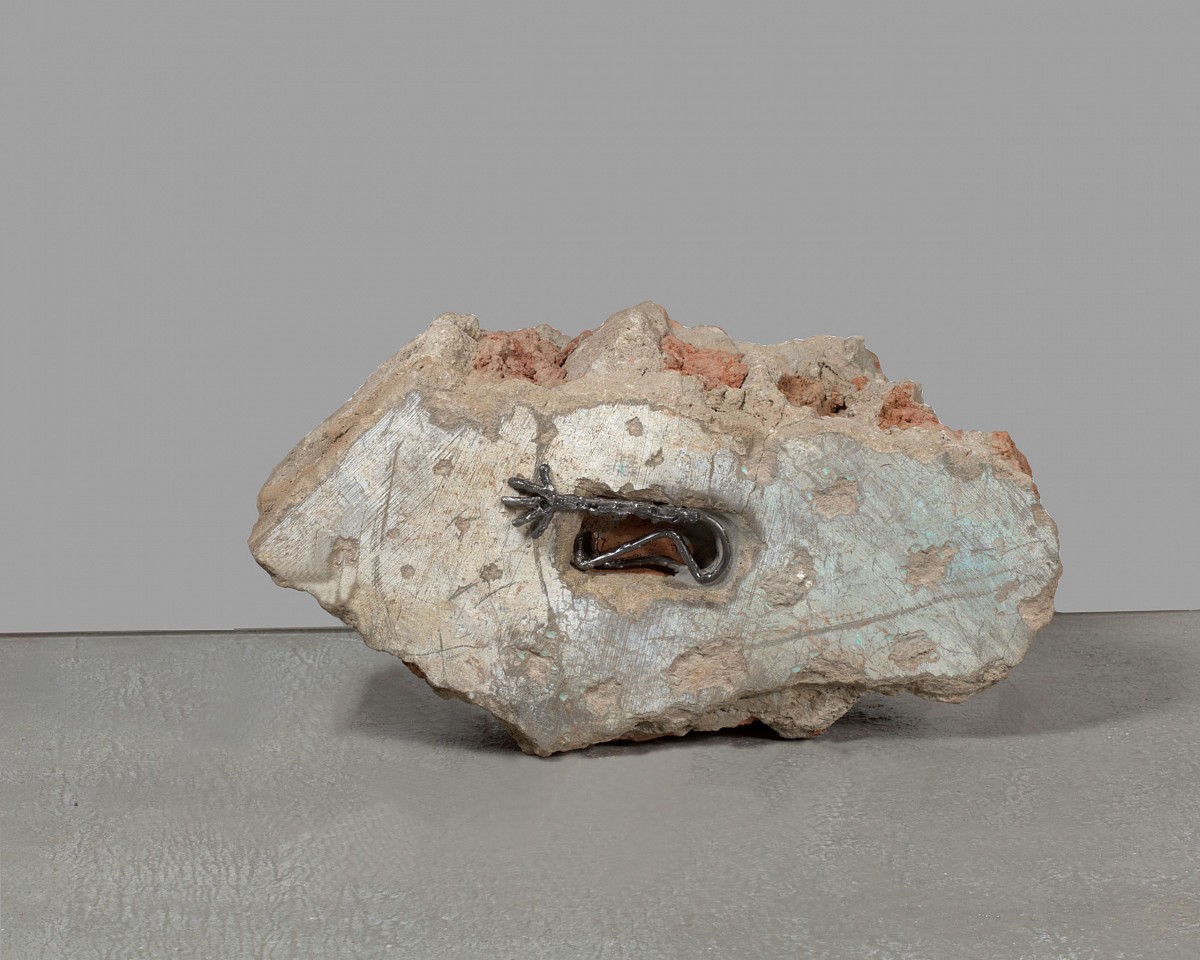Moath Alofi
012678
Pigment Print Mounted on Dibond
80 x 120 cm
Edition of 3, From Doors of Barlik series
MAO0018
Moath Alofi
031085
Pigment Print Mounted on Dibond
80 x 120 cm
Edition of 3, From Doors of Barlik series
MAO0016
Ayman Yossri Daydban
Balfour Declaration, 2011
100% Cotton Acid Free Paper
77 x 56 cm (30 3/8 x 22 in.)
AYD0428
Aya Haidar
Exile and the United Kingdom, 2016
Book and Diplomatic Letter
AYH0064
Nadine Kanso
Circles, 2016
Lambda print and collage
48 x 68 cm
Courtesy of Cuadro Gallery
NK0002
Nadine Kanso
My Dubai, 2016
Lambda print and collage
68 x 48 cm
Courtesy of Cuadro Gallery
NK0003
Ahmed Mater
View Masters and Slides Installation, 2014
3 various View Masters
24 C- prints, 40 x 40 cm each
Edition of 10 Image courtesy of Sharjah Art Foundation
AHM0204
Abdulkarim Qassem
Wills of War 3, 2015
Work on paper
ABQ0002
Abdulkarim Qassem
Wills of War 5, 2015
Work on paper
ABQ0004
Joseph Rodriguez
The King's Darul Aman, Palace Kabul, 2001
Clay, earthenware
76.2 x 101.6 cm
Private collection
Muhannad Shono
2015 Killing of Avijit Roy, Ekushe Book Fair, Dhaka, Bangladesh from the series Return to Sender, 2017
Ink on Paper
MSH0057
Muhannad Shono
2015 Sousse Attacks, Riu Imperial Marhaba and Soviva, Port El Kantaoui,Sousse, Tunisia from the series Return to Sender, 2017
Ink on Paper
MSH0058
Muhannad Shono
2016 Deir ez-Zor Massacre Deir ez-Zor, Syria from the series Return to Sender, 2017
Ink on Paper
MSH0059
Rayyane Tabet
Letterhead, 2012
Found printed paper letterhead
30 x 21 cm
Series of 5 letterheads Private Collection
Hajra Waheed
Dhahran, Ras Tanura, Abqaiq, and Udhailiyah Swimming Poor series , 2009-2012
56 x 43 cm
Private collection
Saddek Wasil
Brick VII, 2016
Demolished bricks and recycled metal
65 x 35 x 16 cm
SAW0165















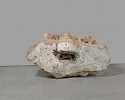
The depicted demolishing symbols mark the first phase of an impending destruction, these symbols are haunting, cancerous, apocalyptic.
Spread around the city, can be seen everywhere, yet it goes unnoticeable at first.
There’s a haunting feel about the numbers.
Some people fight against these numbers, by erasing, scratching and painting over these numbers.
View Master slides 1960-80 / 1980-2000 and 2000-2020
Images taken from Makkah’s most widely circulated pilgrim keepsake. Made in China since the pre-1960s they have been shipped over in their thousands along the same silk route that has been central to cultural interaction from East to West since 206 BCE. These same View Finders, once bought on Al Khalil Road in Makkah, are then disseminated through the hands of the pilgrims to every corner of the world. The View Finders and their images, are not only visual portals to a city that bristles under the weight of its own dramatic symbolism but a reflection of a site revered by millions created with the specific task of triggering fantasies of a pilgrimage to Makkah and all it implies. As objects, the View Finders embody these dreams, whilst the collection of images, once released from the limitations of their intended form, are transformed. They become not only social documentation but pertinent and poignant signifiers of specific times and places, drawing on collective history, iconography and memory, of a site that is at once the most visited yet the most exclusive in the world.
I am a photojournalist
In November 2001 I went to Pakistan and Afghanistan.
After covering the aftermath of 9/11 in NYC, I went to Afghanistan to get a first hand perspective of the region that many Americans fear and worry about. In Kabul, as I was photographing a boy pushing a cart in front of the bombed out ,The King's Palace (Darul Aman), I heard someone shouting at me from my left . Apparently I had been walking over land minds
Tapline, initiated in 1946, was a joint venture between several American oil companies. It set out to supplant the transport of Saudi Arabian oil through the Arabian Gulf and Red Sea with a safer and more cost-effective above-ground pipeline running in a straight line from Dhahran, Saudi Arabia, to Haifa, Palestine.
Letterhead (1950/2013), a collection of blank letterheads found at the initiative’s abandoned headquarters in Beirut, framed and laid out in a continuous line by Tabet. The fragile, weathered documents, which bear the material passage of time, form an abstracted timeline that embodies the memory of the venture and the ideas it once represented.
The Swimming Pool Series is an ongoing taxonomical study of four swimming pools built, owned and maintained by Saudi ARAMCO on each of the oil company’s four separate compounds: Dhahran (Saudi ARAMCO’s administrative headquarters), Ras Tanura (the oldest refinery and company port on the Persian Gulf Coast), Abqaiq/Biqayq (home to the company’s oil processing facility), and Udhailiyah (home to the company’s gas-gathering program).
For decades, these were the only pools that existed in Saudi Arabia until after the first Gulf War. Their blue expanses represent the superimposing of a 1950s California suburb onto a desert landscape, operating as colonial watermarks. Equally influenced by the artist’s upbringing in Dhahran and her studies at the Art Institute of Chicago and affinity with California painters and photographers like Ed Ruscha, the Swimming Pool Series imagines the encroachment of suburbia and envisions the chaos of empire and industrialization through the banality of the backyard pool.
The earliest set of four swimming pools was made in 1999 and most recent set in 2010. As the longest ongoing series of works by Waheed, they elicit a lingering sense of anxiety through their obsessive repetition and a feeling of isolationism inherent to the uncanny fabrication of the suburban experience on the world’s largest and most valuable oil compound.
ATHR is proud to present Letters: Fragments of Memories at Warehouse 421. The exhibition will be open from March 15 up to April 15 and will feature the works of Abdulkareem Qasem, Ahmed Mater, Aya Haidar, Ayman Yossri, Hajra Waheed, Hazem Harb, Joseph Rodriguez, Manal Al Dowayan, Moath Alofi, Muhannad Shono, Nadine Kanso, Rayyan Tabet, Rund Alarabi, Saddek Wasil and Sara Rahbar.
Omar Saif Ghobash's 'letters' to his 'young Muslim’ [son] serves as the pivot around which artists respond in this latest exhibition by ATHR.
In the contemporary globalized world we live in,shaped by money, military and media, finding space to value the authentic is a feat in and of itself. Each chapter in the book presents a personal letter from Ghobaish to his son, based on an aspect of Islam prevalently misunderstood and misinterpreted in wider society. Ghobash carefully unpicks it factually based on his immediate life experience. What simmers to the top are fine bubblesof wisdom, open mindedness and judiciousness, adhering firmly to the forward thinking and openness of Islam.
Letters: Fragments of a Memory takes the first theme explored in Ghobash’s book as the basis from which invited international artists present works - be it as a direct commentary, themed inspiration or candid response. The exhibition offers a multi layered approach to this concept.
Letters: Fragments of a Memory looks at the specific moments in history that have influenced a modern day paradigm shift and shaped future narratives for Muslim youth across the region. What distinct historical events are impacting the region today? How are the youth shaped by these past historical events? How will their future be influenced as a result ?
ATHR will present a larger scale exhibition of Letters during Abu Dhabi Art in November 2018, which will run for two months. The larger scale exhibition will include other sub-themes in the book; Landscapes, Youth and Other, Probable Questions, Power of Language and The Grey Area.
This cross fertilization within each sub-category generates waves of dialogue, further emphasizing the conceptual depth and breadth of the continued interpretation of religion in today's world.

